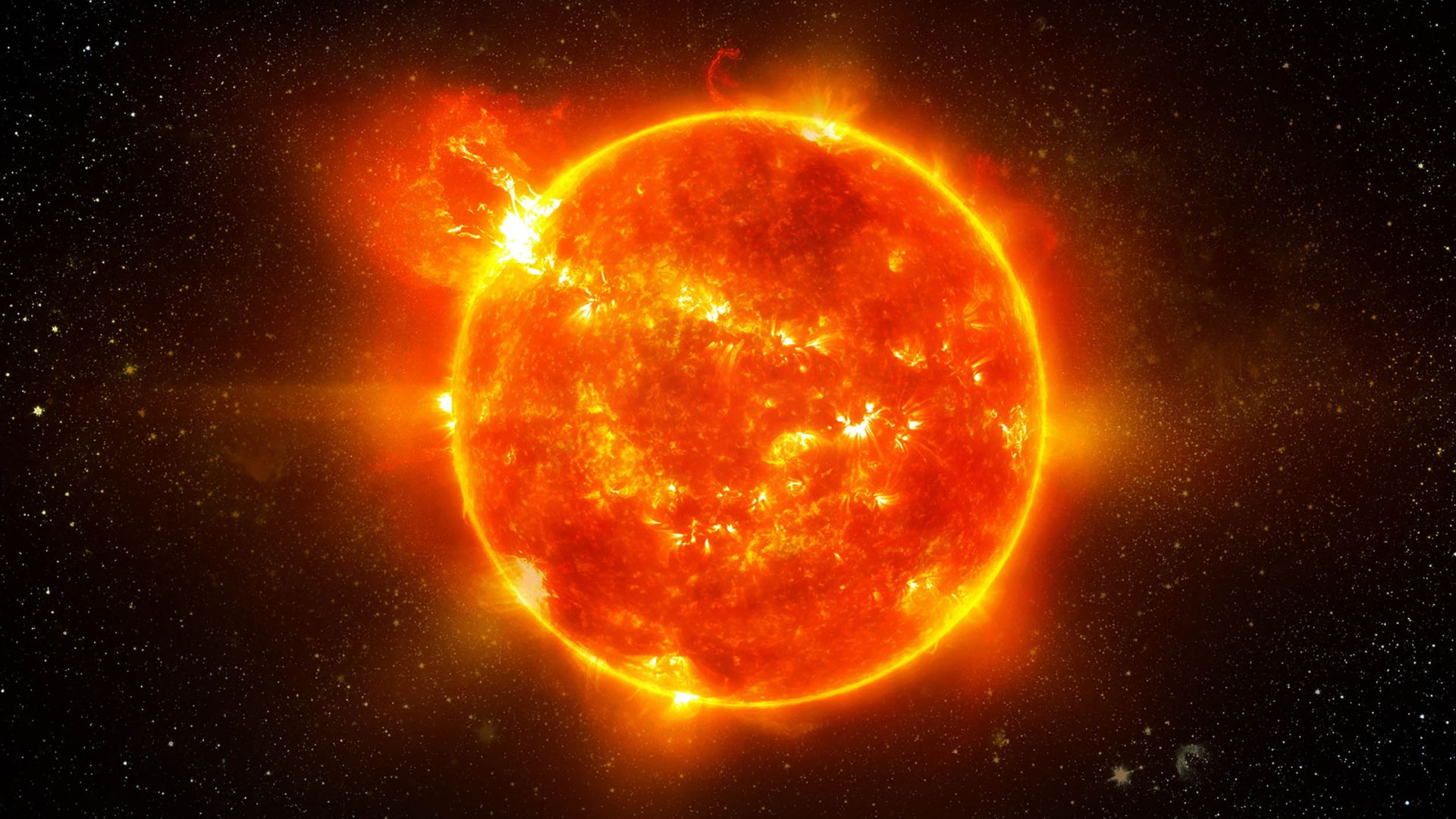The sun, in a solar maximum period, has entered the current solar cycle, bringing sunspots and some level of solar activity to the mainstream.
According to Jamie Favors, head of NASA’s Space Weather Program, the solar maximum is a period during which sunspots and other phenomena on the sun intensify and likely greatly impact life on Earth. “This increase in activity provides an exciting opportunity to learn about our closest star—but also causes real effects on Earth and throughout our solar system,” he explained.
What is Solar Maximum?
The solar maximum is that portion of the cycle of the Sun that lasts for 11 years; during this period, magnetic activity in the Sun starts to fluctuate. At this time, sometimes the Earth’s magnetic North and South poles flip each other around ten years, thus greatly increasing the solar activity because of this fantastic flipping.
A solar maximum is the time when more sunspots have appeared on the Sun’s surface, which are cooler areas as compared to the surroundings and more frequent events of solar flares and CMEs.
Effect of the Solar Maximum on Life on Earth
Solar storms and CMEs peel away charged particles, which pound on Earth. Once entered Earth, these charged particles interact with the magnetic field of Earth, resulting in a geomagnetic storm. For such storms, signals in space that depend on satellites to communicate are easily interfered with, and sometimes even power grids are affected.
This notification does not indicate this is the peak in solar activity the public will see in this solar cycle, said Elsayed Talaat, director of space weather operations at the SWPC. “Although the Sun has reached the solar maximum period, the month that solar activity peaks on the Sun will not be determined for months or even years,” she added, according to Earth.com.
So far, Lisa Upton, lead scientist with the Southwest Research Institute in San Antonio, Texas, and co-chair of the Solar Cycle Prediction Panel says, “Solar Cycle 25 sunspot activity has run a bit higher than we would have normally expected this far along. Still, there have been a few good-sized storms, but they haven’t been larger than we’d anticipate for the maximum phase of the cycle.”.




















